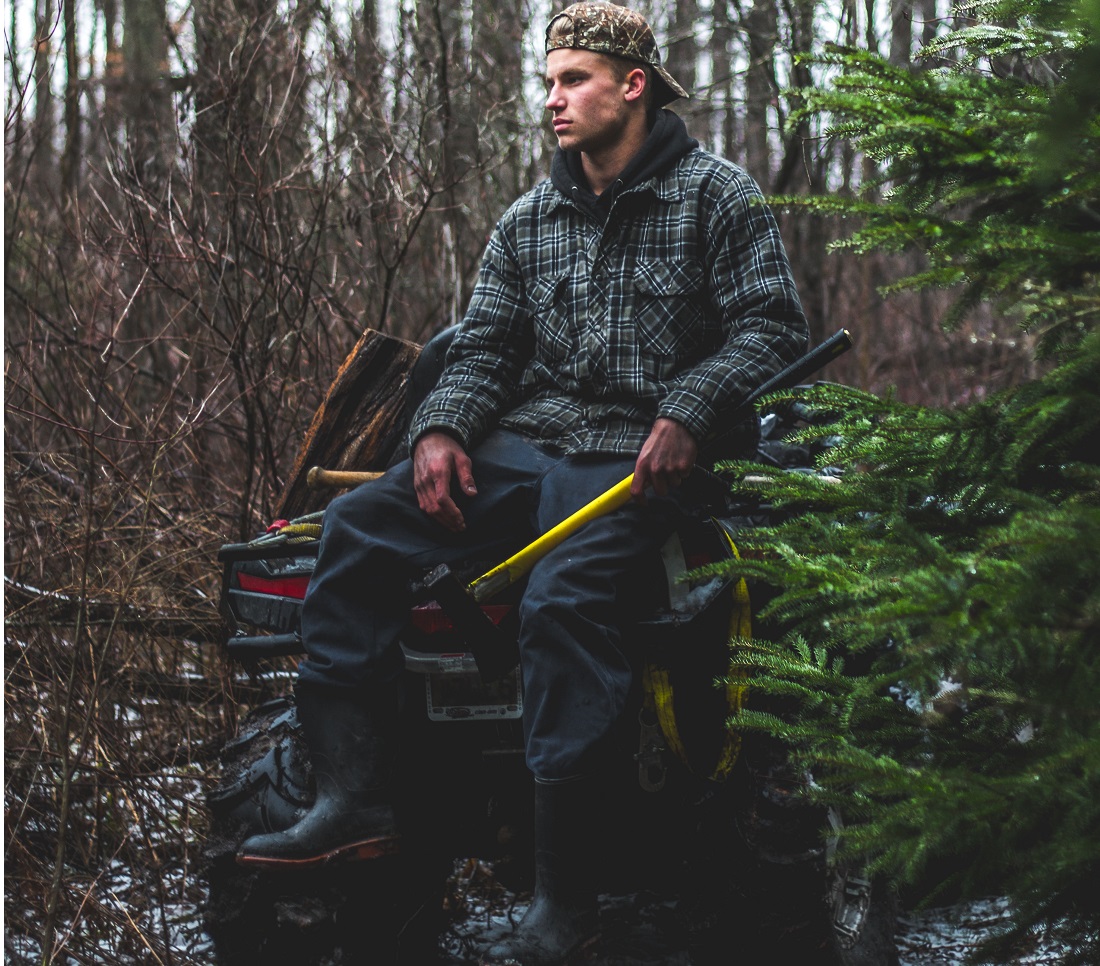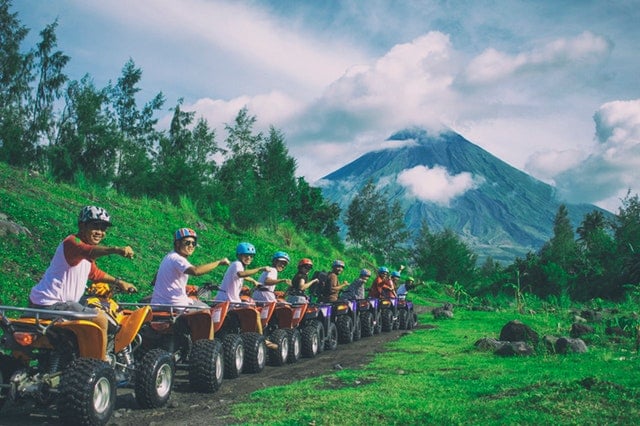Explore the Open Air with Our Leading ATV Adventures
Explore the Open Air with Our Leading ATV Adventures
Blog Article
ATV Riding Techniques: Understanding the Art of Off-Roading

Body Positioning
To properly navigate via difficult off-road surface, it is vital for ATV bikers to consistently keep proper body placing. Preserving the correct body position while riding an ATV not just enhances control and security however also makes certain the motorcyclist's safety. By taking on the right body positioning strategies, bikers can properly distribute their weight, improve their equilibrium, and minimize the danger of injuries or accidents.
One trick facet of proper body positioning is keeping the feet on the foot secures. Positioning the feet on the foot pegs allows the biker to preserve stability and control over the ATV. The cyclist's knees should be a little curved, providing a slight suspension to maintain and absorb shocks balance. Additionally, the motorcyclist's top body need to continue to be relaxed and flexible, permitting seamless and fast activities when needed. This consists of maintaining a light hold on the handlebars to keep control without too much force.
Furthermore, the rider's eyes need to always be focused in advance, scanning the terrain and anticipating any kind of challenges or modifications in the trail. By keeping an ahead look, riders can make instant decisions and react suitably to challenging terrain.
Throttle Control
Structure upon the relevance of appropriate body positioning for ATV riders, understanding throttle control is a vital skill that enables motorcyclists to efficiently maneuver via different off-road terrains. Strangle control refers to the capacity to control the amount of power supplied to the ATV's engine. By comprehending how to adjust the throttle, motorcyclists can ensure a smooth and regulated velocity, enabling them to browse challenges with precision.
One of the basic facets of throttle control is discovering to modulate the throttle smoothly. Sudden or jerky activities can cause the ATV to shed traction or end up being unsteady, making it difficult to preserve control. Rather, riders must aim for progressive and deliberate throttle inputs, especially when traversing tough surfaces. This technique enables the ATV to keep a steady speed and supplies far better traction, lowering the threat of accidents.
In addition to smooth modulation, bikers need to additionally find out just how to stabilize the throttle with various other riding techniques, such as body positioning and braking. For example, when climbing high hillsides, riders need to apply enough throttle to maintain momentum without overpowering the ATV or triggering wheel spin. When descending steep inclines, motorcyclists must utilize the throttle in combination with proper body placing and stopping to keep control and stop the ATV from moving or tipping over.

Braking Strategies
A vital element of ATV riding techniques is mastering effective stopping methods. It is essential to remember that rough stopping with just the front brake can create the ATV to pitch forward, possibly leading to loss of control or also flipping over. By understanding these braking strategies, you can enhance your ATV riding abilities and guarantee a secure and satisfying off-roading experience.
Cornering Techniques
One crucial facet of grasping ATV riding strategies is comprehending reliable cornering techniques. Collaring on an ATV can be challenging, yet with the right methods, motorcyclists can browse turns safely and successfully. The key to successful cornering is to keep control of the ATV while making best use of traction and lessening the threat of tipping over.
To carry out a correct cornering technique, motorcyclists need to approach the turn at a suitable rate, guaranteeing they are not going too fast or as well slow-moving. It is crucial to shift the body weight towards the within the turn, leaning right into it to keep balance and stability. This assists to counterbalance the centrifugal pressure and maintains the ATV upright.
In addition, riders ought to maintain their eyes concentrated on the exit point of the turn instead of the instant path in advance (ATV). This enables for smoother and a lot more specific guiding, as it aids the cyclist anticipate any obstacles or changes in terrain
Moreover, appropriate throttle control plays a considerable duty in cornering. Cyclists must modulate the throttle smoothly, avoiding sudden accelerations or slowdowns, which can cause loss of control.
Uphill and Downhill Riding
When navigating off-road terrain, ATV bikers need to understand the strategies for uphill and downhill riding to keep control and ensure safety. Uphill riding requires a combination of balance, throttle control, and weight distribution. As cyclists rose high slopes, they should lean onward to change their weight towards the front of the ATV, which enhances traction on the front wheels and prevents the vehicle from turning in reverse. ATV. In addition, preserving a consistent throttle and avoiding sudden velocity or slowdown helps to prevent the ATV from shedding momentum or getting stuck. Downhill riding, on Resources the other hand, requires riders to lean back and move their weight towards the rear of the ATV. This helps to keep stability and prevent the lorry from flipping onward. It is crucial to make use of the brakes sparingly and use them slowly to avoid securing the wheels and blowing up. Motorcyclists should select the path with the least challenges, as navigating downhill can be a lot more challenging due to the boosted rate and decreased grip. By mastering the strategies for uphill and downhill riding, ATV motorcyclists can with confidence tackle different off-road surfaces and delight in a secure and exhilarating experience.
Verdict
Finally, mastering the art of ATV riding needs a combination of body positioning, throttle control, braking methods, and effective cornering. Uphill and downhill riding also require specific skills to navigate safely. By implementing these techniques, riders can enhance their off-roading experience and improve their overall control and safety on the ATV.
ATV Riding Techniques: Mastering the Art of Off-Roading this page is a comprehensive guide that dives right into the details of understanding the abilities needed for off-road ATV riding. Whether you are a novice or a seasoned biker, ATV Riding Techniques: Grasping the Art of Off-Roading uses vital recommendations to aid elevate your off-road ATV riding abilities to the following level.

Report this page